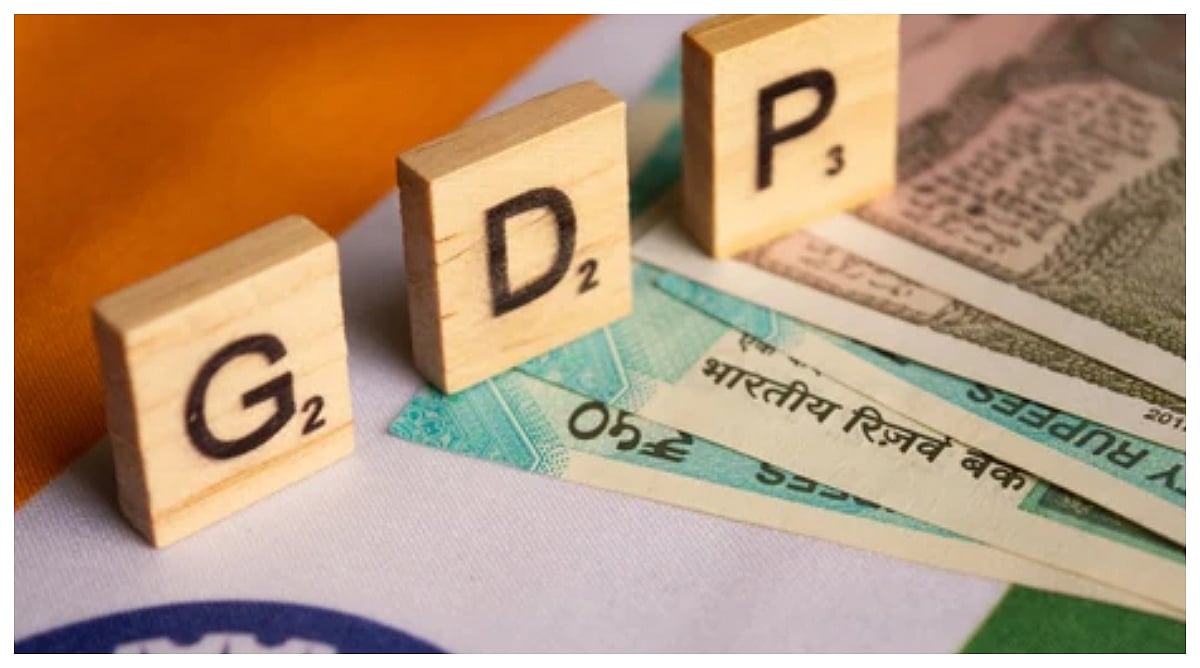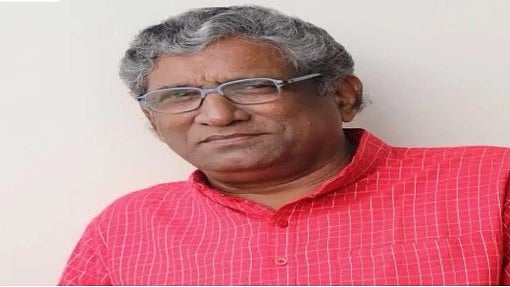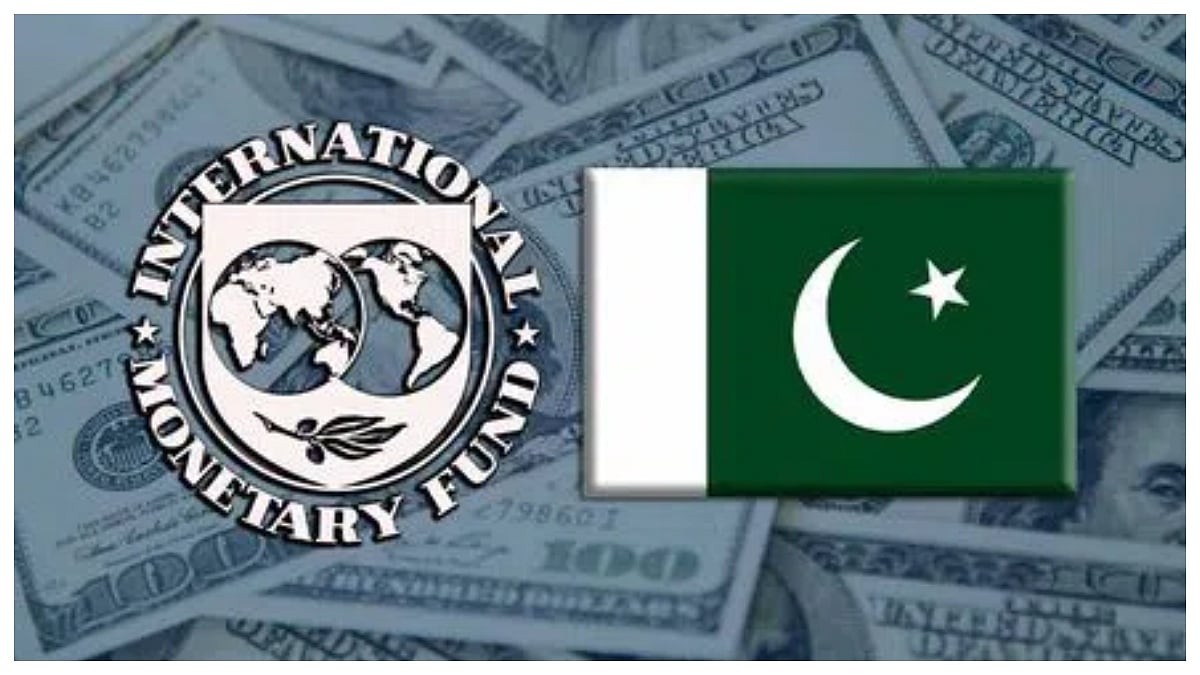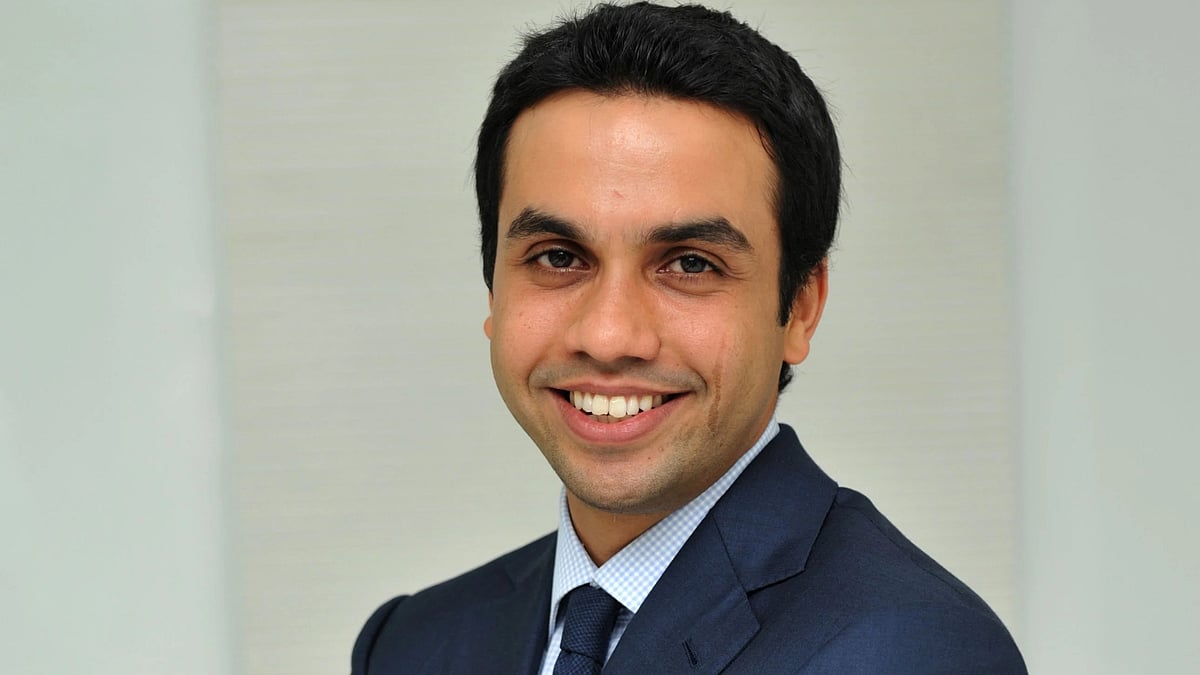New Delhi: India delivered a major GDP surprise as the economy grew 8.2 percent in Q2 FY26, sharply higher than 5.6 percent a year earlier. Alongside this, the government has rescheduled the release of October’s IIP data to December 1 at 4 PM.
India’s GDP Growth Surprises at 8.2 percent in Q2 FY26
India’s economy delivered a strong surprise in the second quarter of FY26, growing 8.2 percent between July and September 2025. The growth was much higher than the market expectation of 7 percent to 7.5 percent and was driven mainly by the manufacturing sector. The fresh data was released by the National Statistical Office (NSO) on Friday.
Growth Much Higher Than Last Year
In the same quarter last year (Q2 FY25), the Indian economy had grown only 5.6 percent, which was the slowest growth in seven quarters. The economy then picked up and grew 7.8 percent in Q1 FY26. The latest numbers show that India’s economic recovery is gaining strength again.
Real GDP and GVA Show Strong Improvement
According to the NSO, India’s Real GDP, which adjusts for inflation, stood at Rs 48.63 lakh crore in Q2 FY26. This is higher than Rs 44.94 lakh crore recorded in Q2 FY25, showing an 8.2 percent rise.
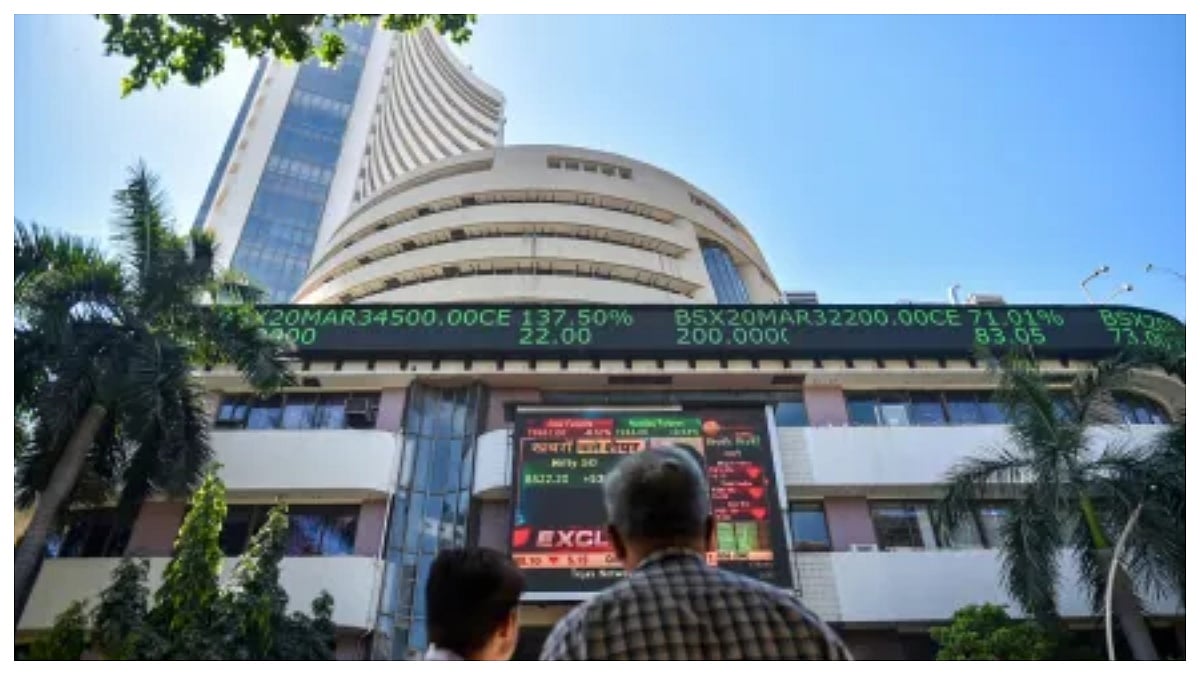
The Real Gross Value Added (GVA)—a measure that excludes taxes and better reflects production in the economy—grew 8.1 percent, rising from Rs 41.41 lakh crore last year to Rs 44.77 lakh crore this year. This indicates healthy overall economic activity.
Manufacturing Leads, Agriculture Steady
The manufacturing sector grew strongly at 9.1 percent, showing improved business conditions and production levels. The agriculture sector grew at a stable 3.5 percent, contributing moderately to the economy.
Mixed Trends in Spending and Investments
The NSO data shows that Government Final Consumption Expenditure (GFCE) fell by 2.7 percent in Q2 FY26. This means the government spent less this quarter compared to last year when it had grown 4.3 percent.
On the other hand, Private Final Consumption Expenditure (PFCE)—which reflects household spending—grew 7.9 percent, showing that people are buying more goods and services.
Investments, measured by Gross Fixed Capital Formation (GFCF), grew 7.3 percent, slightly higher than the 6.7 percent growth seen last year. This signals steady improvement in construction, infrastructure, and business investments.
